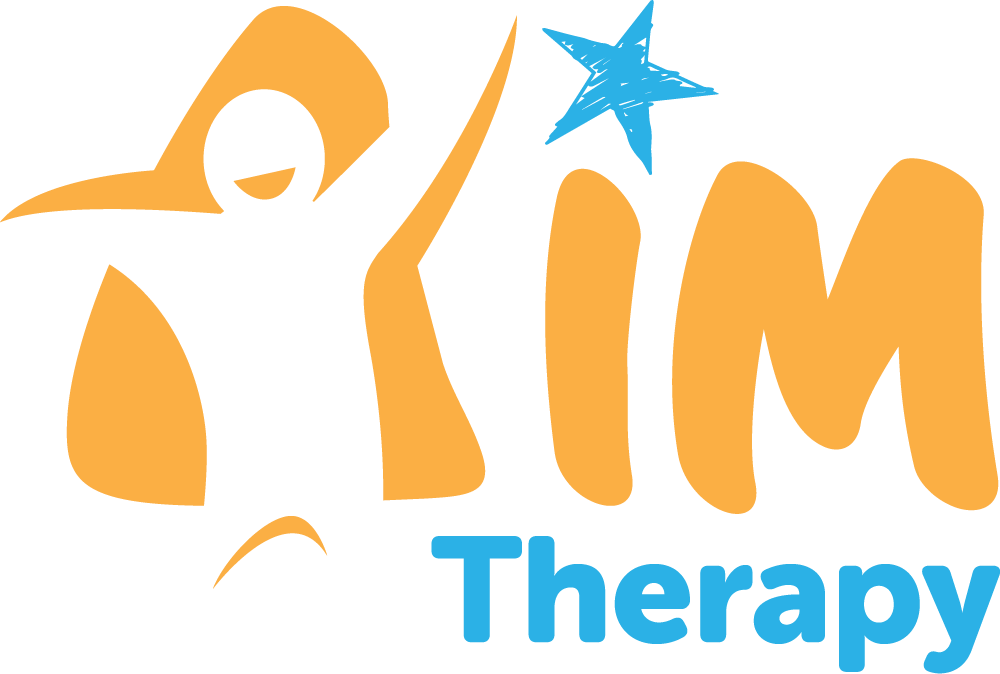How to Improve Your Child’s Language Development
Tips to Encourage Language Development in Young Children
Learning to talk is an incredible feat that children achieve in just a few years. However most of us just assume our children will begin talking, so it can be an easily overlooked skill.
English is made up of 44 different sounds produced in countless combinations to form words. Before we are able to talk we first must be able to hear spoken words and learn to understand these sounds as meaningful. Only then can we start reproducing them to communicate with others. And it doesn’t stop there- we still need to learn how to put words together (i.e. grammar) and how to use language in different ways; to tell stories, to explain things and to make friends, among many.
It is really no wonder that some children have difficulty with this complex task.
If you have concerns about your child’s language skills or just want to enhance the skills they already have, here are some simple tips to encourage communication in your child.
Observe, Wait and Listen (OWL)
This is a simple way to let your child talk about what he/she wants to and to learn how to ‘take turns’ in conversation.
Observe your child and any attempts to start communication, this may be through vocalizations, words, gestures or facial expression. Respond to them in relation to their topic of interest (e.g. if they hold up a toy cow and say “moo”, follow their lead and respond with, “yes, the cow says moo!”)
Wait for the child to respond to you. Some children need up to 15 seconds to generate a response, so make sure you give them enough time.
Listen to any words or sounds your child makes. They might not sound exactly right so use the surrounding environment and follow your child’s gaze to understand what they are trying to say. Continue adding to the conversation!
Communication Temptations
Communication temptations are anything that gives your child a desire to communicate.
For example; hold a jar of biscuits (or other food your child likes) and begin eating them near the child. The child may vocalize and/or use gestures to express they would like some. Respond to their communication attempt by giving them a biscuit. This helps show them that using language is purposeful (and can get them what they want!).
Here are some other ideas:
I need help!
Play with a toy that your child needs help with e.g. a wind-up toy. Make the toy spin/jump and then put it near the child and wait till they request (in whatever way) that they want you to do it again.
Put a toy out of reach or in a sealed container so that they need to ask you to get it.
Go to the fridge and wait, don’t open the door until the child requests it (this can also be done with the car or even the front door).
Give the child their shoes and wait for them to request help.
These might sound a bit mean but are a great way to make language purposeful!
More please
Any activity that involves your child asking it to be done again can be helpful such as tickling your child and waiting for them to ask for more. This also works with peek-a-boo and nursery rhymes such as “Round and Round the Garden”. It can also be done with food, for example only giving your child one sultana and waiting for them to request more. Wait for your child to request more, remember depending on your child this my be done through facial expression, gestures, noises or words. Get a bubble blower out with no bubble juice, give your child a puzzle with a piece missing or paper but no pencils. Wait for your child to communicate that something’s missing.
Wrong Routines
Only do part of a routine or do it in the wrong order e.g. put your child in a bath with no water, only give them half their dinner, put their shoes on before their socks etc.
Note: some children find disrupted routines upsetting.
Making Choices
Giving a child a choice is a great way to get them to communicate.
Start by giving them simple choices (only two options). This can be done in many ways such as holding out two different foods and asking them which one they want, giving them two choices of games, asking them if they want to eat first or have a bath first etc.
Start by asking, for example “apple or biscuit?” and try to get them to say one of the words, or if your child isn’t using words yet, point to the item they want. There are tonnes of other ideas, so get creative and have fun with your child! Reward all attempts to communicate and remember; language is all about getting your message across, so make sure they have a reason to communicate.
Happy chatting!

